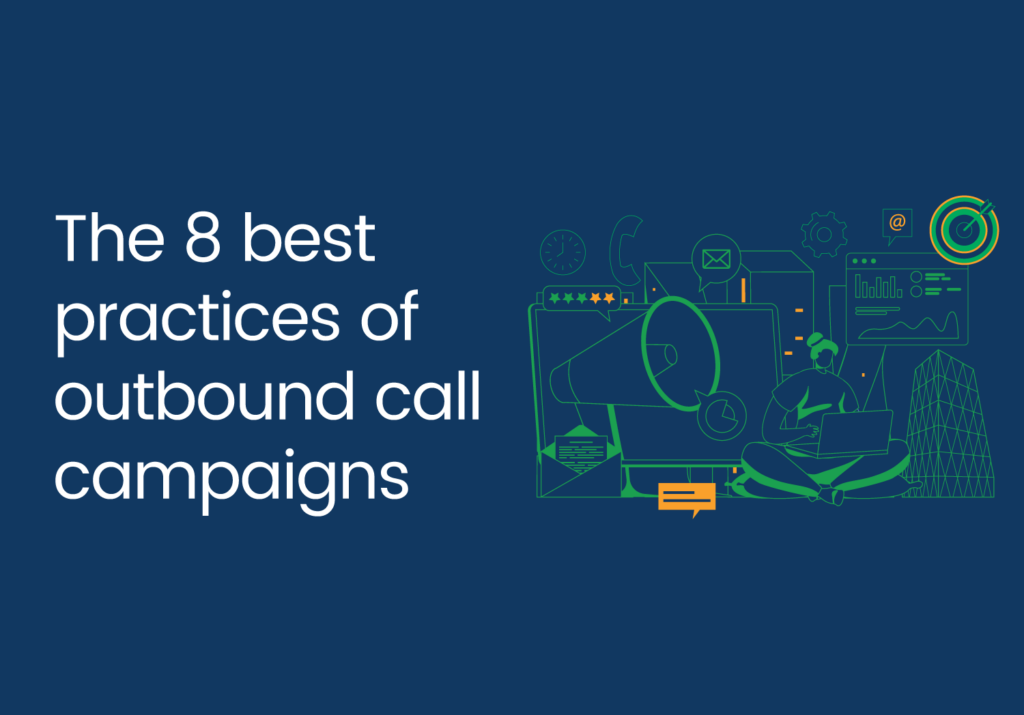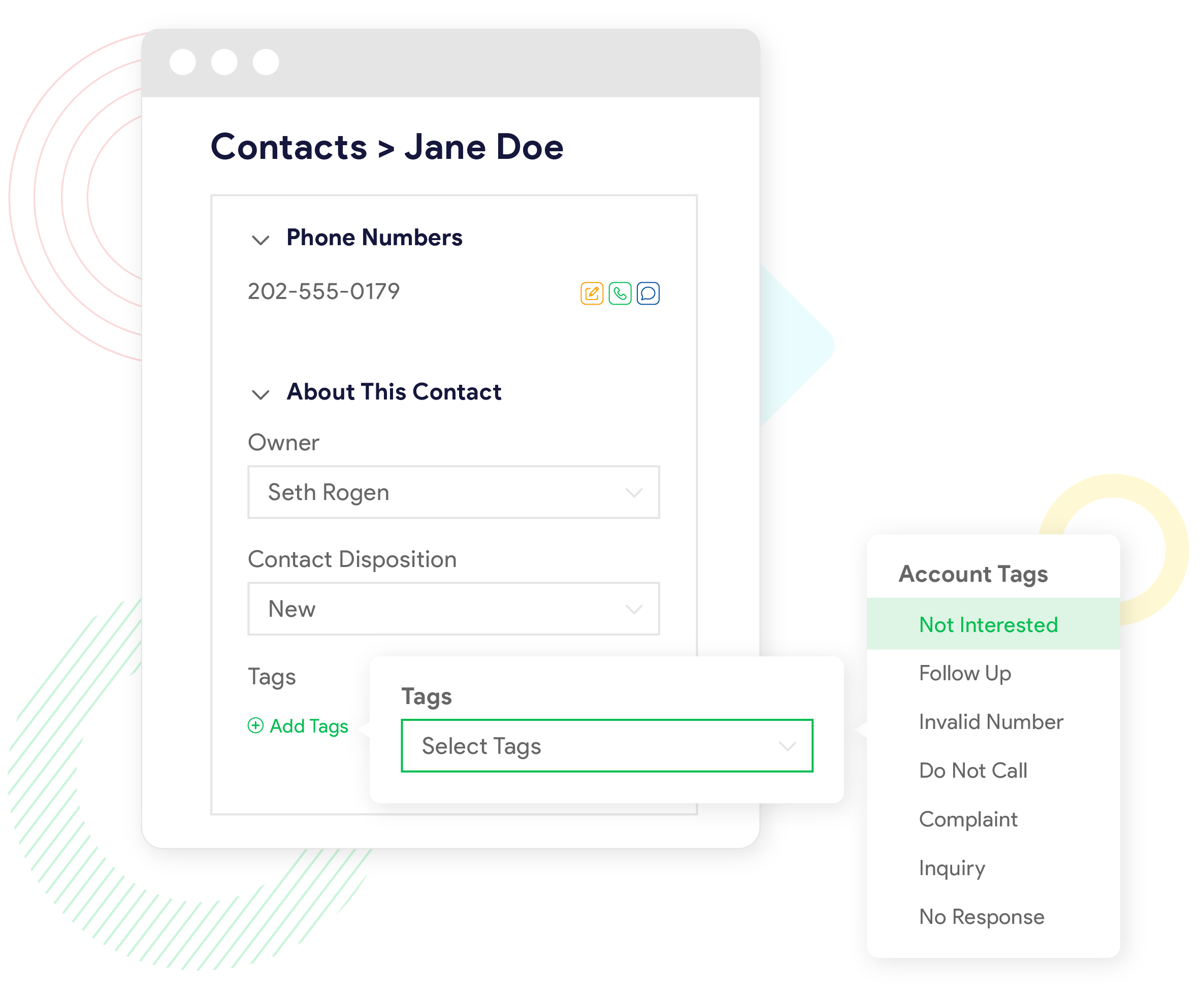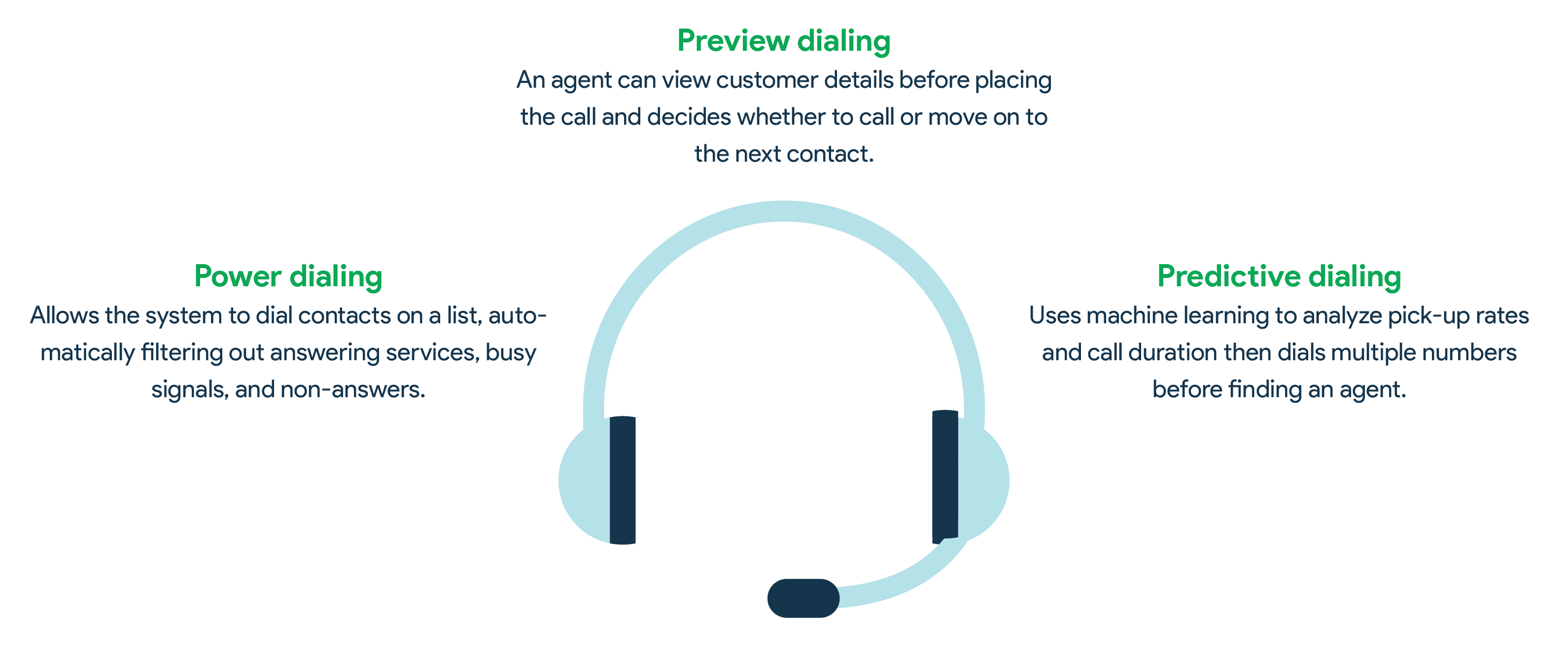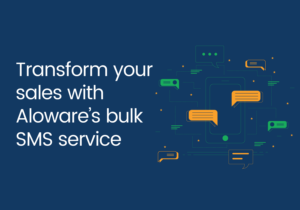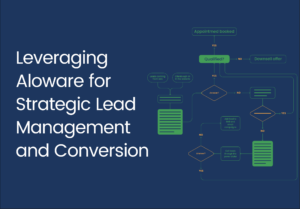Table of Contents
Outbound call campaigns are the backbone of many sales strategies. While many consider this type of outreach notoriously difficult to execute effectively, an outbound call campaign is an effective way to reach prospective and existing customers to close more sales.
Typically, an outbound call campaign requires a sales agent to reach out to a potential or existing customer and offer information about a product or service that might interest them. This call campaign can also be part of a bigger sales process with the primary objective of engaging with leads to closing a sale.
Implementing the following eight outbound call campaign best practices can help you obtain the highest possible conversion rate.
1. Set clear objectives
You can only optimize your outbound call campaigns when you know what success for your business looks like. You should make it a point to identify what you want your agents to achieve for each call campaign you run.

These aren’t your revenue goals or sales quotas. Your objectives at this stage will reflect the ideal outcome for different call types. Examples include:
- Scheduling a follow-up call to discuss a new product
- Processing a subscription renewal
- Obtaining at least one piece of specific feedback from a customer
- Closing a sale (for calls later in the funnel)
Make your objectives as specific as possible. You want no grey areas when assessing whether a call achieved its goal.
2. Research your prospects
Your goals define the target endpoint for your campaign. Whether you get there is in your prospects’ hands.
Prospects tend to respond best to calls that are personal and relevant to their needs. Learn the basics about each call target so you can appeal directly to those needs from the beginning.
At a minimum, your agents should have access to information about the prospect’s:
- Industry
- Business size
- Role in the organization
- Company goals and pain points
Always double-check your research for accuracy and timeliness. Nothing turns a prospect off like a call that refers to their old job title or addresses them as the person who previously held that position.
3. Segment your lists
Audience research lets you sort your contact lists into segments with common characteristics. Segments simplify the process of developing targeted campaign strategies.
Segmenting also makes your campaign results more actionable. You can look at how different groups respond to calls and adjust your strategy, if necessary, to meet that group’s particular needs.
You can sort contacts into groups based on any relevant characteristics, from current subscription level to industry. You can even use a tool like HubSpot to create customer personas for your list segmentations. If how you create those groups depends on the type of campaigns you’ll run.
4. Train your team for your campaign
Outbound call campaigns are only as strong as the team’s training. Before you send your team out on calls, provide uniform training that teaches:
- The campaign’s goal and why it matters
- All key features and benefits of the product or service
- Likely objections and how to overcome them
- Your brand persona, voice, and message
Aim to provide this high-level training for each campaign you run.
5. Choose your dialing mode
This might seem like a technicality at first glance, but you’d be surprised at how important this is. The right contact center technology gives you multiple dialing options, each with its benefits and drawbacks.
With preview dialing, an agent can view customer details before placing the call. The agent then decides whether to call or move on to the next contact. This dialing mode tends to be best for sales teams with a smaller and/or meticulous contact list.
Power dialing is a product of progressive dialing, which allows the system to dial contacts on a predetermined list, automatically filter out answering services, busy signals, and non-answers. This maximizes the time your team spends on live calls and is flexible enough for most campaigns.
Predictive dialing uses machine learning to analyze pick up rates and average call duration. Based on this, it then dials multiple numbers ahead of time and in the background to ensure that the agent is placed in as many live calls as possible.. It’s ideal for large teams and high-volume campaigns, but it requires agents that are quick to respond when a call connects.
6. Call at the right time of day
The “when” is just as important as the “how” in outbound sales. Getting a call at an inconvenient time can turn a well-qualified prospect off of your message entirely.
Research shows that prospects are most receptive to calling during two periods:
- Late morning, ideally between 10 a.m. and 11 a.m.
- Late afternoon between 4 p.m. and 5 p.m., or slightly before the prospect logs off for the day
Avoid calling before 10 a.m. and during what might be the lunch hour. If people are just sitting at their desks or trying to take a break, they won’t welcome a sales call.
7. Follow up at the right frequency
Engaging a prospect is only the first step. Data show that 80% of sales require at least five calls, and the tone and timing of each one matters. In fact, 42% of prospects are more likely to buy if the sales representative called back at an agreed-upon time.
Establish an acceptable cadence with your team so they don’t overwhelm interested leads. Make it a standard practice to establish a follow-up day and time.

8. Measure all the data you need
Some of your calls will convert. Others won’t. You can maximize your chances of success by analyzing the effectiveness of your current campaigns.
Start by making a list of performance analytics for outbound call campaigns and monitor:
- Contact list effectiveness. Track the accuracy of your contact details and how many of your prospects are ready to talk about buying. This helps you build a stronger list.
- Average talk time. Measure call length for different campaign types and audience segments. Compare the talk time for those who make buying decisions versus those who don’t.
- Conversion rates. Among those prospects who stay on the line with an agent, how many convert and become customers? The longer someone talks, the more likely it should be that they convert.
Tracking these metrics lets you identify which parts of your process work best and which need work.
Fast track your outbound call campaigns
Now that you know how to run an outbound call campaign, the next step is to gather the tools you need to succeed. That includes not only a dialer but a whole contact center solution for your outbound call campaign success.
Aloware combines multiple dialing technologies with advanced calling automation. With Aloware, you can call and text directly from popular CRMs including HubSpot, Pipedrive, and Zoho. You’ll also get access to features like smart queueing, workflow automation, and a live calling dashboard.
Talk to us today to find out how simple it can be to fast-track your outbound call campaigns.
